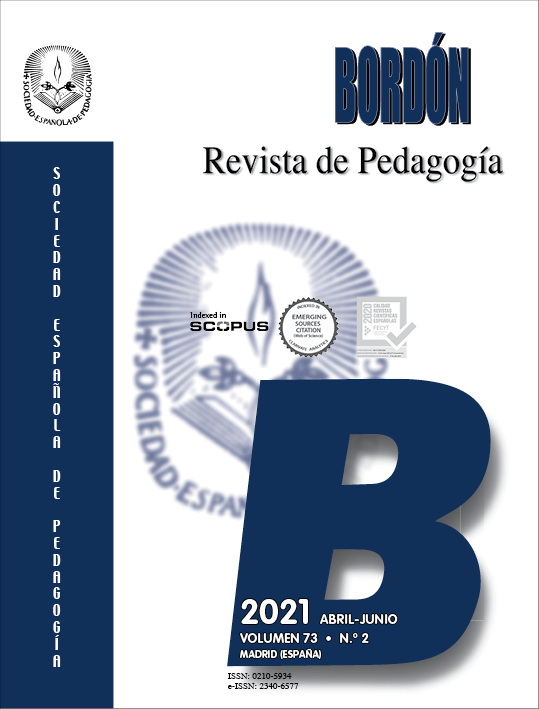El impacto de los roles de género en las actitudes sexistas de los adolescentes, en el ámbito escolar
Contenido principal del artículo
Resumen
INTRODUCCIÓN. El sexismo y la violencia de género son problemáticas sociales graves. Los objetivos del estudio son: 1) analizar los estereotipos y roles de género, en los comportamientos de los adolescentes, que permean en las actitudes sexistas e 2) identificar posibles relaciones entre la auto-atribución de roles de género y las actitudes sexistas. MÉTODO. Se diseñó un estudio de corte transversal. Participaron 1508 adolescentes. La media de distribución de edades fue de M=14.83. Se utilizaron dos instrumentos: la Traditional Masculinity-Femininity Scale y el cuestionario Gender Role Attitude Scale. RESULTADOS. 1) Los y las adolescentes adoptan roles típicamente masculinos y femeninos, y prevalece la autoidentificación masculina y hegemónica, 2) hay una concentración de roles más estereotipados masculinos y femeninos en la adolescencia temprana, 3) existen diferencias en la autoatribución de los roles de género en función de los estudios de los progenitores, 4) El análisis de la dispersión muestra que los hombres son más sexistas y el análisis de regresión confirma que los roles de género tradicionales incrementan el riesgo de actitudes sexistas. DISCUSIÓN. Se concluye que hay un nivel medio de sexismo, siendo los adolescentes más sexistas que las adolescentes. La masculinidad, tradicionalmente entendida, es más sexista en sus actitudes hacia la igualdad de roles que la feminidad. La influencia de las madres en el desarrollo de la identidad de género es menor y los padres son un factor predictivo de los roles de género de los adolescentes. Hay una correlación positiva entre la autoatribución de roles de género tradicionales y las actitudes sexistas, por lo que dichos roles aumentan el riesgo de estas actitudes. Para prevenir estas actitudes, se propone una escuela virtual de padres y madres que fomente la educación igualitaria y sin estereotipos de género en el hogar.

